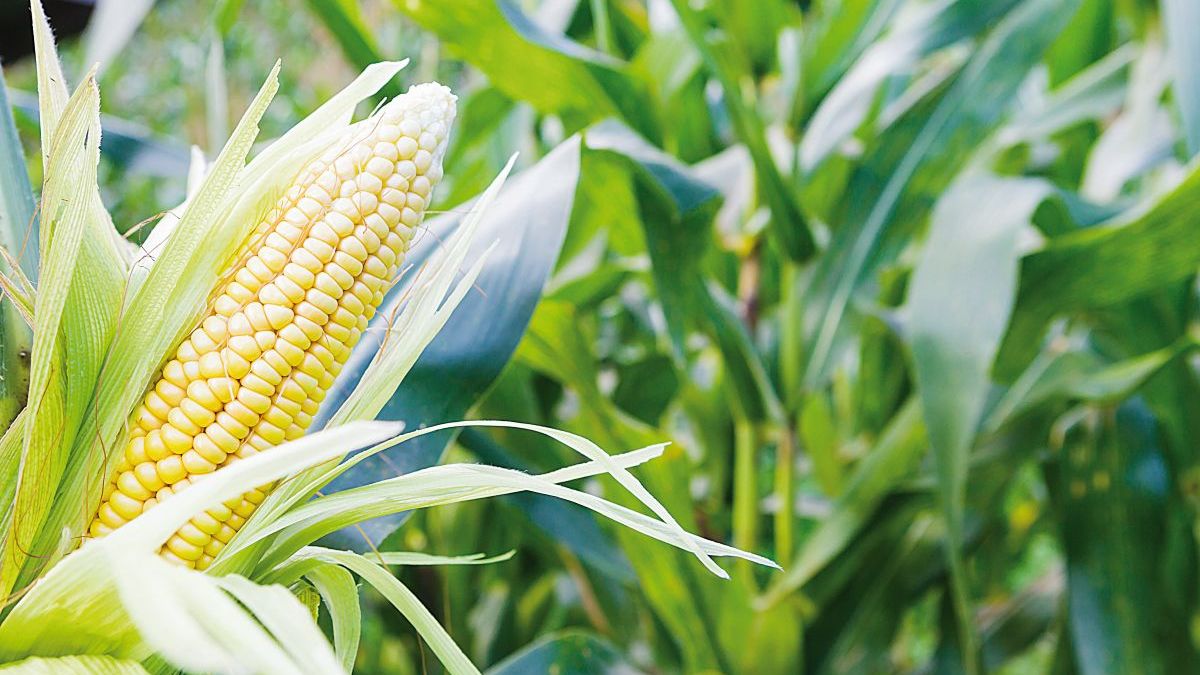Among the reasons for the jump, there is the “shock that the war represented in the markets of basic grains and vegetable oils”, according to the FAO report, a conflict that also caused a “modification in the flows of trade and export restrictions in several countries”.
Likewise, to these reasons we must add the rise in the prices of energy and fertilizers in the world.
In the case of the index that makes up cereals, it registered a rise of 17.1%.
Since Russia and Ukraine both account for 30% and 20% of world wheat and corn exports, respectively, prices for both grains rose 19.7% and 19.1%.
In addition to the war, in the case of wheat, which was already having supply difficulties, the price was exacerbated by concerns about the condition of the US crop.
Despite the conflict, FAO expects world wheat production to increase 1.1% to 784 million tons this yearconsidering that at least 20% of Ukraine’s current winter crops may not be harvested due to destruction or lack of resources, although it clarifies that forecasts may be modified by uncertainty.
In this sense, the FAO revised its exchange forecast downward to 469 million tons, a contraction compared to the 2020/21 campaign – due to the war in Ukraine.
The European Union and India are expected to increase their wheat exports while Argentina, India and the United States do the same for maize, which will “partially offset” the loss of exports from the Black Sea region.
With regard to vegetable oils, their values increased by 23.2%.
Again, in the case of sunflower oil, Ukraine is the world’s leading exporter, which also caused a rise in palm, soybean and rapeseed oils, since they act as substitute products.
In the case of soybeans, the negative outlook for exports from South America is added.
For their part, other food indices, such as sugar, meat, and dairy products also showed increases, although more moderate, of 6.7%, 4.8% and 2.6% monthly, respectively.
In the case of sugar, the increases, which place it with an accumulated increase of 20% per year, were driven by the higher value of oil together with the appreciation of the Brazilian real, but were contained by the better prospects for production in India. .
Regarding meat, whose price reached a historical record, the value was motivated by the shortage of slaughter pigs in Western Europe, while poultry also advanced based on the shortage of supply from exporting countries due to flu outbreaks. avian.
Beef, meanwhile, also held firm due to strong demand and a shortage of cows for slaughter.
Meanwhile, the greater demand for imports of butter and powdered milk -especially from Asia- explained the rise in dairy products, while there are difficulties in the supply of milk in Europe and Oceania.
Source: Ambito
David William is a talented author who has made a name for himself in the world of writing. He is a professional author who writes on a wide range of topics, from general interest to opinion news. David is currently working as a writer at 24 hours worlds where he brings his unique perspective and in-depth research to his articles, making them both informative and engaging.




